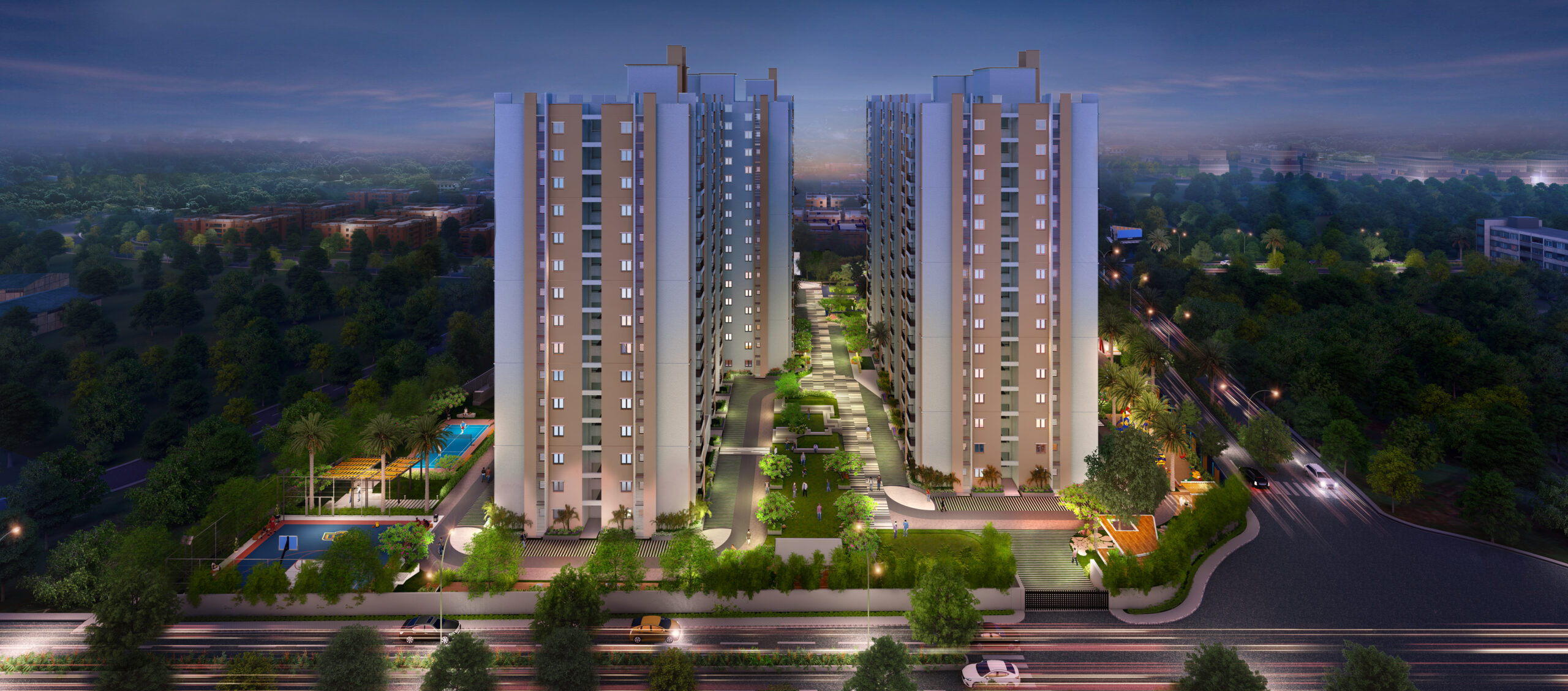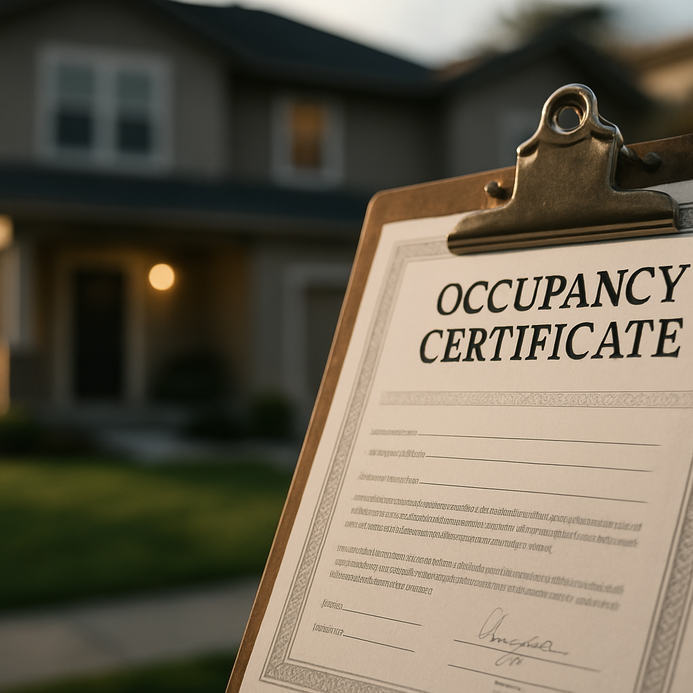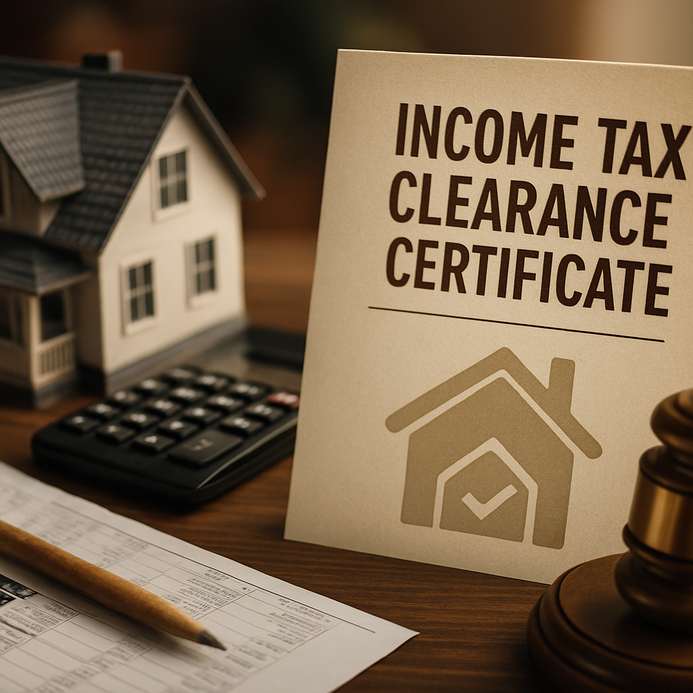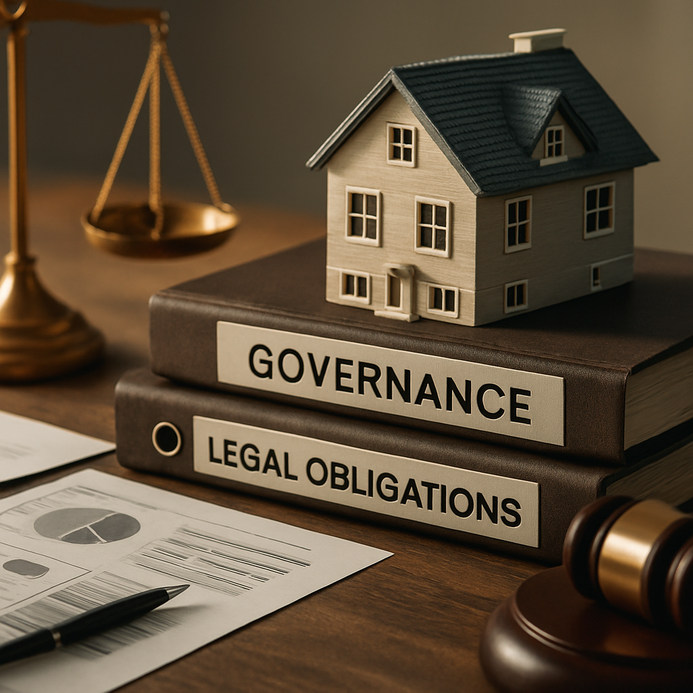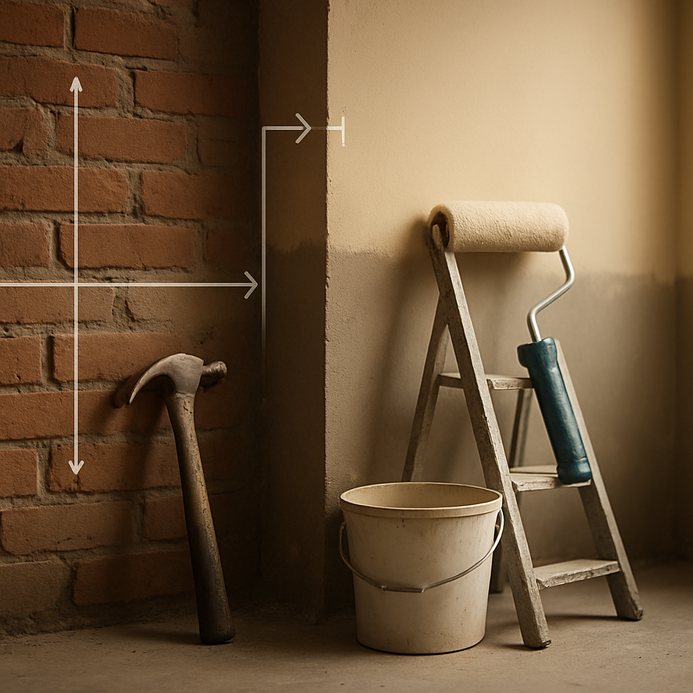Down Payment Meaning: Simple Guide for First-Time Homebuyers
Understanding Down Payment: What Do They Mean?
So, what’s a down payment? It’s basically the chunk of cash you lay down first when you decide to buy a house. Usually expressed as a percentage of the total price, it plays a big part in how your mortgage works. Down payments typically run between 3% and 20% of the home’s cost, and let me tell you, this number can really shape your loan terms.
| Down Payment Percentage | Typical Scenario | Impact on Mortgage |
|---|---|---|
| 3% | Conventional Loans | Higher monthly payment, possible PMI |
| 10% | Standard Purchases | Better rates, lower PMI costs |
| 20% | Ideal for Investors | No PMI, lower interest rates |
Getting a grip on what a down payment means is super important if you’re thinking about buying a home. Put simply, the more you put down upfront, the better the borrowing terms generally are, lenders see you as less risky. On the flip side, if you can only muster a small down payment, you might end up needing private mortgage insurance (PMI), which just adds to those monthly bills.
You gotta consider factors like your savings, what your finances look like, and what sort of mortgage you’re eyeing. There are lots of guidelines out there to help you nail down the best down payment amount.
And hey, if you’re hungry for more knowledge, check out our article on home loan down payment strategies or dive into essential real estate terms for homebuyers.
Setting Your Budget: A Foundation for Savings
First things first, setting a budget is a must if you wanna gear up for that down payment. It helps you keep an eye on what you spend now while allowing you to stash some away for the future. Here’s how to get rolling –
Step 1: Track Your Income and Expenses
Start with writing down all your income, salary, side gigs, bonuses, the whole shebang. Then, jot down your monthly expenses, both the fixed stuff (rent, utilities) and the variable costs (eating out, fun nights). This will help you see where your money is actually going.
Step 2: Know What a Down Payment Is
Simply put, the down payment is the money you put down upfront for a home. Think of it as anywhere from 3% to 20% depending on the mortgage type. If you’re eyeing a $300,000 house, putting down 20% means coughing up $60,000. Knowing this helps you set real savings goals.
| Home Price | 3% Down Payment | 5% Down Payment | 20% Down Payment |
|---|---|---|---|
| $200,000 | $6,000 | $10,000 | $40,000 |
| $300,000 | $9,000 | $15,000 | $60,000 |
| $400,000 | $12,000 | $20,000 | $80,000 |
Step 3: Craft a Savings Strategy
Now, let’s whip up a saving plan that suits your vibe. Lock in a percentage of your income each month. If you can, automate that transfer to a separate savings account—this way, it becomes second nature. You might even find areas to cut back, like dining out less or ditching unused subscriptions.
Step 4: Check for Down Payment Assistance
Keep your eyes open for down payment assistance programs that might be in your area. Loads of local governments and states throw out grants or low-interest loans to give first-timers a leg up with down payments. Getting a handle on how these programs work could really lighten your savings load.
By budgeting properly, you’re not just making that down payment a reality, you’re also laying the foundation for homeownership. For more info, explore our guides on first-time home-buying, or get familiar with the meaning of pre-EMI.
Cutting Expenses: Smart Savings Strategies
Trimming the fat from your budget can really help boost those savings for your down payment. A well-thought-out plan means you can redirect funds and get to that home ownership dream of yours even faster.
Budget Analysis: Understanding Your Spending
Start by taking a good look at where your money is going each month. Put together a straightforward budget that sorts your spending into essentials, fun stuff, and what you want to set aside for the down payment. Pinpointing these areas will make it easier to see where you can cut back. Spreadsheets or budgeting apps work great for this.
| Expense Category | Average Monthly Cost |
|---|---|
| Housing (rent/mortgage) | $1,500 |
| Utilities | $300 |
| Groceries | $400 |
| Dining Out | $250 |
| Entertainment | $200 |
| Transportation | $150 |
| Savings for Down Payment | $500 |
The table above lays out common monthly expenses that could be trimmed. Cutting back a bit on dining out or entertainment could free up a chunk of change for savings.
Cut Discretionary Spending
Focus on slicing non-essentials from your life. So, cut back on going out to eat, shopping binges, and pricey entertainment. Cook at home more often, dive into community events, or find free activities nearby. Sometimes, small changes can add up to substantial savings for that down payment.
Utilize Discounts and Rewards
Don’t sleep on discounts and rewards! Many shops have loyalty programs that save you cash on groceries or other purchases. Also, using cashback apps can help beef up your down payment savings.
Automate Savings
Set up an automatic transfer to that dedicated savings account for the down payment. Treat it like a fixed bill, so you save reliably each month. This “pay yourself first” method helps keep your savings growing without any extra effort.
Ultimately, by smartly cutting expenses and tweaking your budget, you’ll discover just how much easier it can be to save for that important down payment. For more input on down payments, swing by this resource on down payments, or take a look at this article from the Consumer Financial Protection Bureau about typical needs.
For more help managing finances for your home-buying journey, hit up our piece on the guide to financing your first home.
Exploring Savings and Investment Options
When saving for your down payment, consider various options to enhance your savings game. And knowing what a down payment really is, aka the upfront cash you splash out can go a long way in helping you out.
Savings Accounts
High-yield savings accounts generally dish out better interest rates compared to your usual savings accounts. Check these out:
| Account Type | Average APY | Minimum Deposit |
|---|---|---|
| High-Yield Savings | 0.50% – 2.00% | Varies by institution |
| Money Market Accounts | 0.25% – 1.50% | Varies by institution |
| Certificates of Deposit | 0.50% – 3.00% | $500 – $1,000 |
These accounts are a great way to bulk up your down payment savings. Higher APYs mean more interest over time!
Investment Opportunities
Beyond just stashing cash, looking into investments can really boost your down payment fund. Here’s a quick rundown:
1. Stocks and ETFs: Yes, investing in stocks can potentially offer great returns, though there’s risk involved. Historically, the stock market averages about 7% growth yearly.
2. Robo-Advisors: Automated investing platforms are a handy way to get started, usually with lower fees and a spread of options.
3. Index Funds: These allow you a less risky way to get in on the market. Expect around 7% to 10% returns.
Financial Tools
There are tons of apps out there to help you keep track of your savings and investment contributions. Look for tools that assist with budgeting, setting savings goals, and sending you reminders for contributions.
A solid savings plan is necessary. Figure out how much you need for a down payment based on what your dream home will cost, using guidance from source.
Using these savings options and investments, you can really build up a down payment. Stay sharp and consider how your short-term choices will affect you in the long run. For more articles on this subject, check out our pieces about home loans and financing for first-time buyers.
Staying Motivated: Tips for Keeping on Track
Keeping your head in the game during your saving journey is super important if you want to hit homeownership goals. Here’s how to stay focused:
- Set Clear Goals: Figure out how much you need for that down payment. Research shows that having a specific target shoots motivation way up. For instance, if you’re aiming for a 20% down on a $300,000 house, your number is $60,000.
- Create a Savings Plan: Knock together a budget that earmarks a specific amount to put towards that down payment each month. Automate those transfers to your savings account so you won’t be tempted to spend it.
- Visualize Your Dream Home: Throw together a vision board that shows off your dream home and neighborhood. Keeping those aspirations front and center really helps maintain your motivation.
- Track Your Progress: Use apps or tools to check in on your savings milestones. Celebrate those little wins to keep that momentum rolling. A simple chart can help boost motivation!
- Stay Informed: Read up on topics about down payments and home buying. Knowing what’s required and understanding the benefits can really clarify things and keep you persevering.
- Join a Community: Surround yourself with others on the same mission. Connecting with friends or joining online groups can really give you that motivational boost.
- Resist Impulse Spending: Keep a list of things you need versus things you want. Each time you pass on an unnecessary purchase, think about how it nudges you closer to that down payment goal.
- Seek Professional Advice: Consider chatting with a financial advisor to whip up a personalized saving strategy. They’ve got insights that can really ramp up your savings efforts.
- Stay Adaptable: Life throws curveballs, right? If something changes, don’t throw in the towel on your goal. Be flexible with your plan—that’s key to staying the course.
Staying motivated can be a challenge, but with definite goals and some practical strategies, you can keep your eyes on that down payment prize.
If you’re after more financial management tips for buying a home, take a look at our articles: The Essential Guide to Your First Home Loan or How to Select the Right Home Loan Repayment Period.
FAQ
What is a down payment?
A down payment is the initial amount of money you pay upfront when purchasing a home, usually expressed as a percentage of the total home price.
How much should I save for a down payment?
Down payments typically range from 3% to 20% of the home’s purchase price. It’s best to aim for at least 20% to avoid private mortgage insurance (PMI).
What are some effective savings strategies for a down payment?
Some effective strategies include budgeting, cutting discretionary spending, automating savings, and exploring high-yield savings accounts or investment options.
Are there assistance programs for down payments?
Yes, many local governments and states offer down payment assistance programs, including grants and low-interest loans for first-time homebuyers.
What should I do if I cannot afford a large down payment?
If you cannot afford a large down payment, consider loan programs that allow lower down payments, research down payment assistance options, and develop a solid savings plan.
